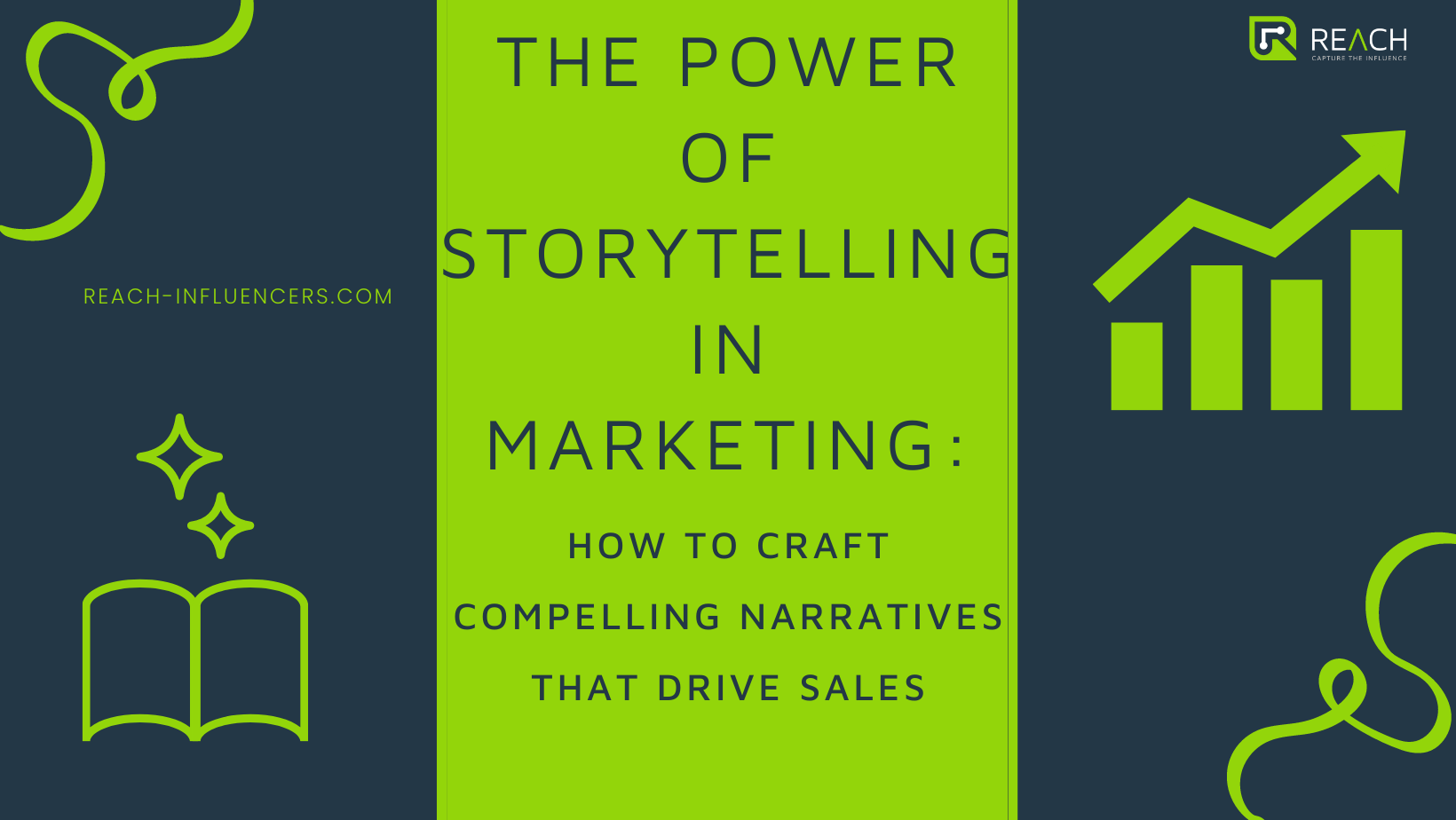Storytelling is more than just relaying facts; it’s about creating an emotional connection that resonates with your audience. By integrating storytelling into your marketing strategies, you can build brand loyalty, enhance customer engagement, and ultimately drive sales. Here’s how you can harness the power of storytelling in your marketing campaigns:
Understanding Your Audience’s Needs and Desires
Before crafting a narrative, it’s crucial to understand your audience’s needs, desires, and pain points. What challenges are they facing? What solutions are they seeking? By addressing these questions, you can tailor your story to resonate with your audience on a personal level.
Creating Relatable Characters
Characters are at the heart of any compelling narrative. Develop relatable characters that your audience can connect with. Whether it’s the underdog who overcomes challenges or the mentor who guides the way, relatable characters help your audience see themselves within the story.
Incorporating Conflict and Resolution
Every engaging story has a conflict that needs resolution. Similarly, in marketing narratives, you can highlight the challenges your customers face and present your product or service as the solution. This creates a sense of urgency and compels customers to take action.
Showcasing Authenticity and Values
Modern consumers value authenticity. Use storytelling to showcase your brand’s values, mission, and the people behind it. This transparency builds trust and fosters a deeper emotional connection with your audience.
Tapping into Emotions
Emotions are a powerful driving force behind purchasing decisions. Craft your narrative to evoke emotions that resonate with your audience, whether it’s nostalgia, empathy, or aspiration. Emotional stories are more likely to leave a lasting impact.
Using Compelling Visuals
Incorporate visual elements that complement your narrative. This could be through videos, images, or infographics. Visuals enhance the storytelling experience and make your message more memorable.
Leveraging Social Proof
Integrate real-life success stories from satisfied customers into your marketing narrative. These stories act as social proof, validating the effectiveness of your product or service.
Call to Action (CTA)
Every marketing story should lead to a clear and compelling call to action. Whether it’s making a purchase, signing up for a newsletter, or sharing the story, the CTA guides your audience’s next steps.
Consistency Across Platforms
Ensure your narrative remains consistent across all marketing channels. Whether it’s your website, social media, or email campaigns, a consistent narrative reinforces your brand’s identity and message.
Engaging with Interactive Content
Interactive content, such as polls, quizzes, and interactive videos, allows your audience to become active participants in the narrative. This engagement deepens their connection with your brand.
FAQs:
How does storytelling enhance brand identity?
Storytelling gives your brand a personality and allows consumers to connect with its values and mission on a deeper level. This connection fosters brand loyalty and encourages repeat business.
Can storytelling work for any type of business?
Yes, storytelling is a versatile tool that can be adapted to suit any business type or industry. The key is to find the right angle and narrative that resonates with your target audience.
What role do emotions play in storytelling for marketing?
Emotions are the driving force behind consumer behavior. When you evoke emotions through your marketing narrative, you create a memorable and impactful experience that can influence purchasing decisions.
How do I measure the success of my storytelling campaigns?
Tracking metrics such as engagement rates, conversion rates, and customer feedback can provide insights into the success of your storytelling campaigns. Analyzing these metrics helps you refine your approach over time.
Can storytelling help with brand differentiation?
Absolutely. In a crowded marketplace, storytelling sets your brand apart by highlighting its unique value proposition, mission, and approach. This differentiation attracts customers who align with your brand’s story.
Is storytelling a one-size-fits-all strategy?
While the principles of storytelling remain consistent, the execution can vary based on your target audience, industry, and brand identity. Tailor your storytelling approach to align with these factors for maximum impact.
Conclusion:
In the dynamic world of marketing, the power of storytelling remains a constant. Crafting compelling narratives that drive sales requires a deep understanding of your audience, a strong brand identity, and the ability to evoke emotions. By harnessing these elements, you can create marketing campaigns that not only captivate but also convert, ensuring your brand’s message resonates long after the story is told.
With a platform like Reach you can easily manage and scale your influencer campaigns to get the most out of your budget and time. Sign up today or set up a demo to learn more!



Leave A Comment